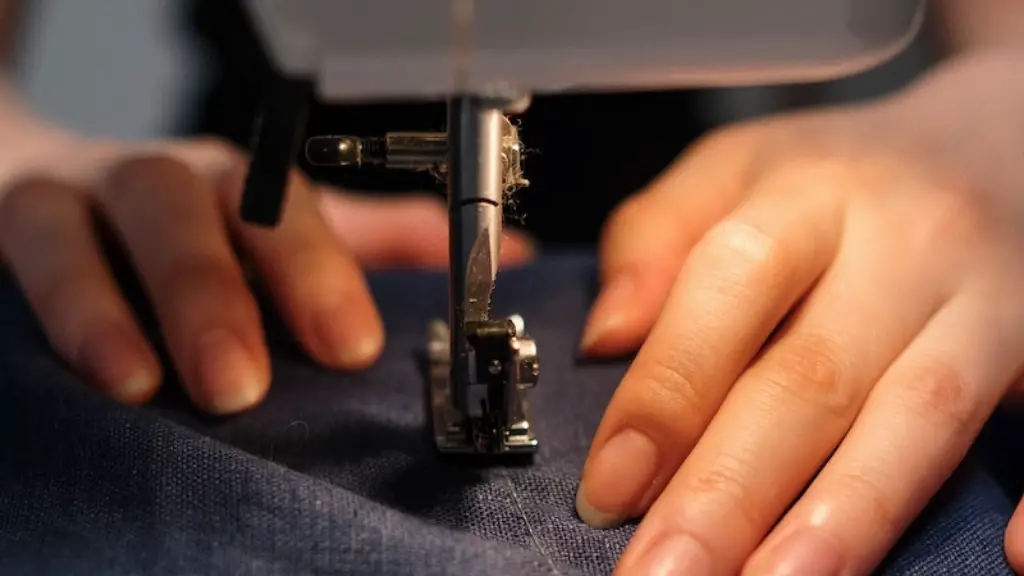Picture owning a sewing machine, eagerly anticipating the garments and cozy items you’ll make and adorn in your home. Then, stuck in frustration when it does not operate or start, especially due to a technical or electrical failure. Slow-downs happen in all sorts of machines, and when it comes to sewing machines, its commonwealth of users know this all too well. But do not worry—there are several ways you can take initiative and repair your sewing machine at home.
Understand the Issue
When troubleshooting a functional problem with a sewing machine, the mystery lies in first understanding the issue. Visual examination and researching your model can help identify the problem, if it is not too technical. Ask yourself—is the machine stitching slowly? Is the tension off? Are bobbins jammed? Is the presser foot not pressing fabric? By pinpointing the issue and knowing what needs to be corrected, you can move forward with fixing your sewing machine quickly.
Investigate The User’s Manual
Prior to attempting any repairs to your sewing machine, look up the user’s manual for you particular model. It is best to look for instructions about the functioning of the machine and ways of fixing any issues. Depending on the problem, the manual may suggest a few different possibilities. In the very least, it can provide tips on how to use the machine properly.
Check For Dirt or Damage
If a technical or electrical issue arises, the first step is to check for any dirt or damage around power outlets and wires. If the sewing machine has become wet, then make sure the wiring is drying and there are no chances of the machine getting into further contact with water. Clean it with a slightly damp cloth, taking extra care of the metal parts that may rust if they get wet.
Troubleshoot and Make Repairs
A poorly oiled machine or loose stitches are common repairs that can be done on a basic sewing machine. It is best to only attempt simple repairs that are in the user’s manual or recommended by your manufacturer. Be sure to inspect your machine to ensure issues like broken needles, loose threads, and loose parts, particularly if there is the presence of shaking. Handle these minor repairs with careful measures and correct tools that may be necessary.
Contact Customer Service
In some cases, you may need to take your sewing machine to a professional for repairs. Typically, technical and electrical issues require a professional eye. You can contact customer service for your model to ask them for insight on the problem, and where to take the machine to be properly serviced. Be sure to keep the service manual handy with all the necessary information and get a few quotes before making a decision.
Review Sewing Machine Parts
Infrequently, the issue your sewing machine encounters may be from a lack of parts. Machines naturally wear out, and this could lead to lacklustre performance. Investigate the sewing machine parts of your particular model, and look to replace any part that does not seem to the standard. This is best reserved for more experienced sewers or for someone who really knows what they’re doing. You can buy parts from the same manufacturer, or from a trusted seller who offers suitable and lasting parts.
Partner With Experienced People
It can be intimidating when dealing with a machine trying to troubleshoot it and make repairs. But having someone who is experienced in the repair and maintenance of sewers can make all the difference. If you know someone who has knowledge and experience with sewing machines, you can pat artner with them and receive assistance to fix yours. From providing advice to handling small repairs, having an extra set of eyes can be very helpful.
Test The Sewing Machine
Once all of the repairs have been done and the sewing machine is running, it is important to test it. Do some small runs of stitching or make a small project. This will help determine if the machine has been properly repaired, and it will also help you get comfortable with operating it again. If there are any further issues, then look to remedy them before continuing.
Take Precautionary Measures
Keeping your sewing machine from future issues is also important. To do so, make sure the machine is cleaned regularly and follow the manufacturer’s instructions for proper maintenance. Also be aware of environmental obstacles like high-humidity areas, which can encourage rust and dust. If the machine is going unused, give it a test run once a month to check if all is in order.
Keep a Repair Notebook
Having a repair notebook at the ready helps document any issues and repairs you’ve made on your sewing machine. This can help you identify problems easily and quickly when they arise again. The notebook also serves as a place to keep your user’s manual, sketches and link to tutorials that may help in the future.
Rely On Professional Assistance
When all else fails, knowing when and where to go for professional assistance matters. For big or heavy-duty repairs, you can send your machine to a trusted service center or technical engineer. It is best to contact your model’s customer service to receive accurate solutions and advice that are relevant to your particular needs. Having professional backup will help you gain peace of mind and anticipation for a maximum performance from your sewing machine.




